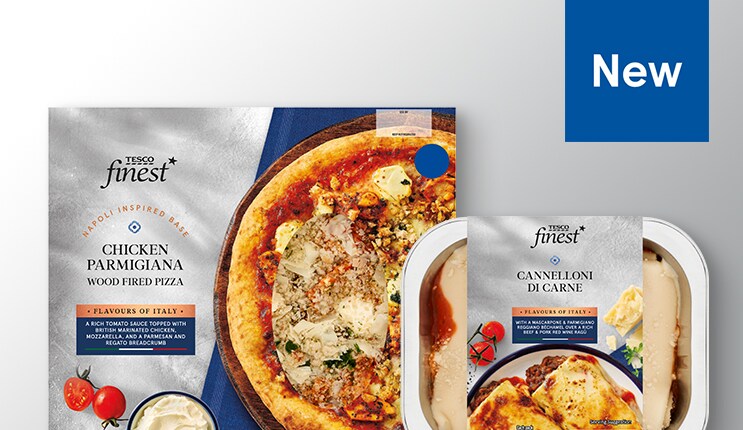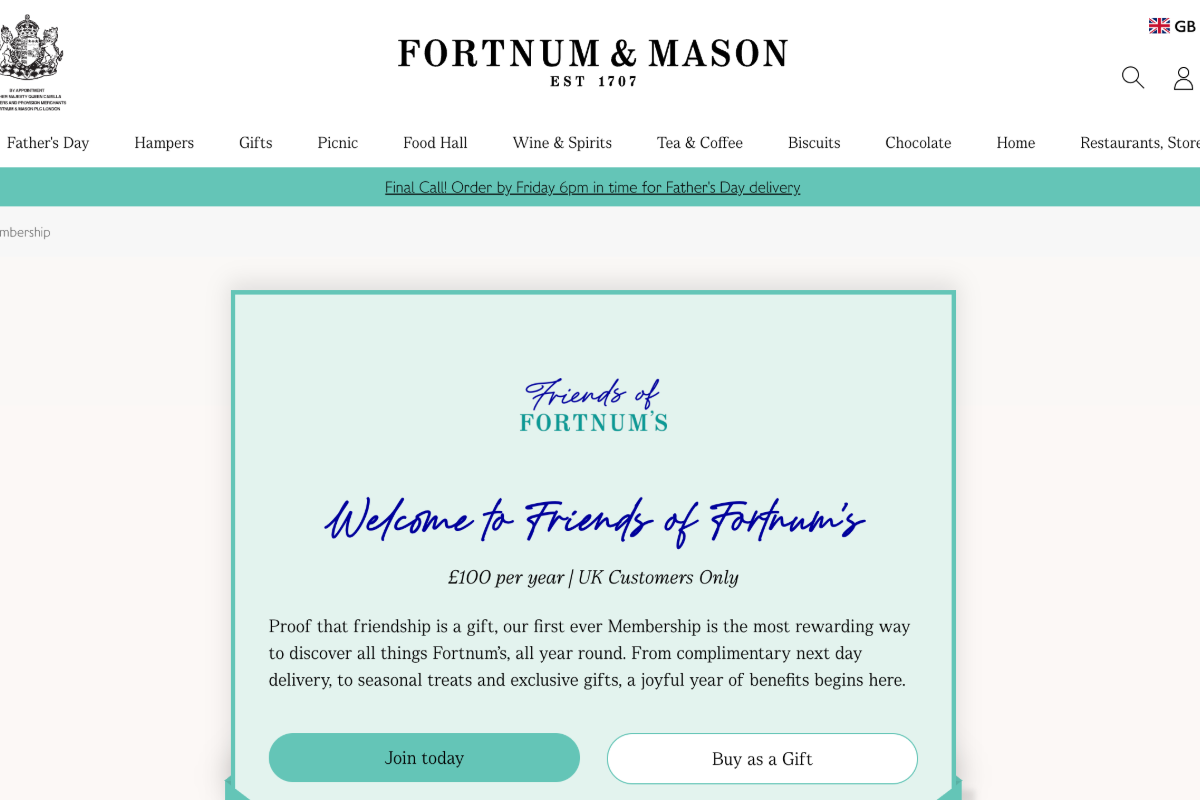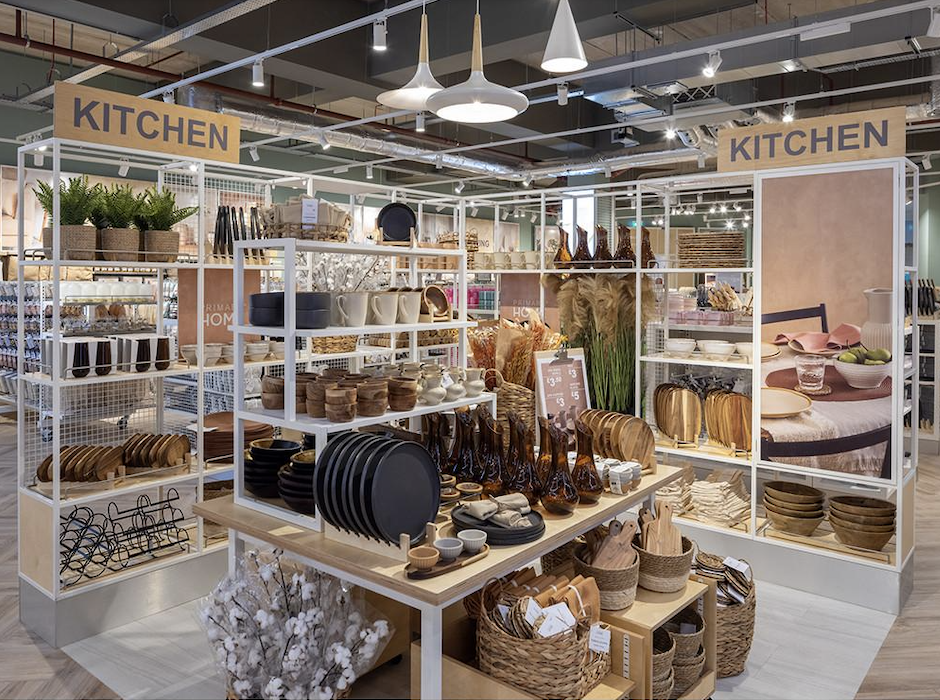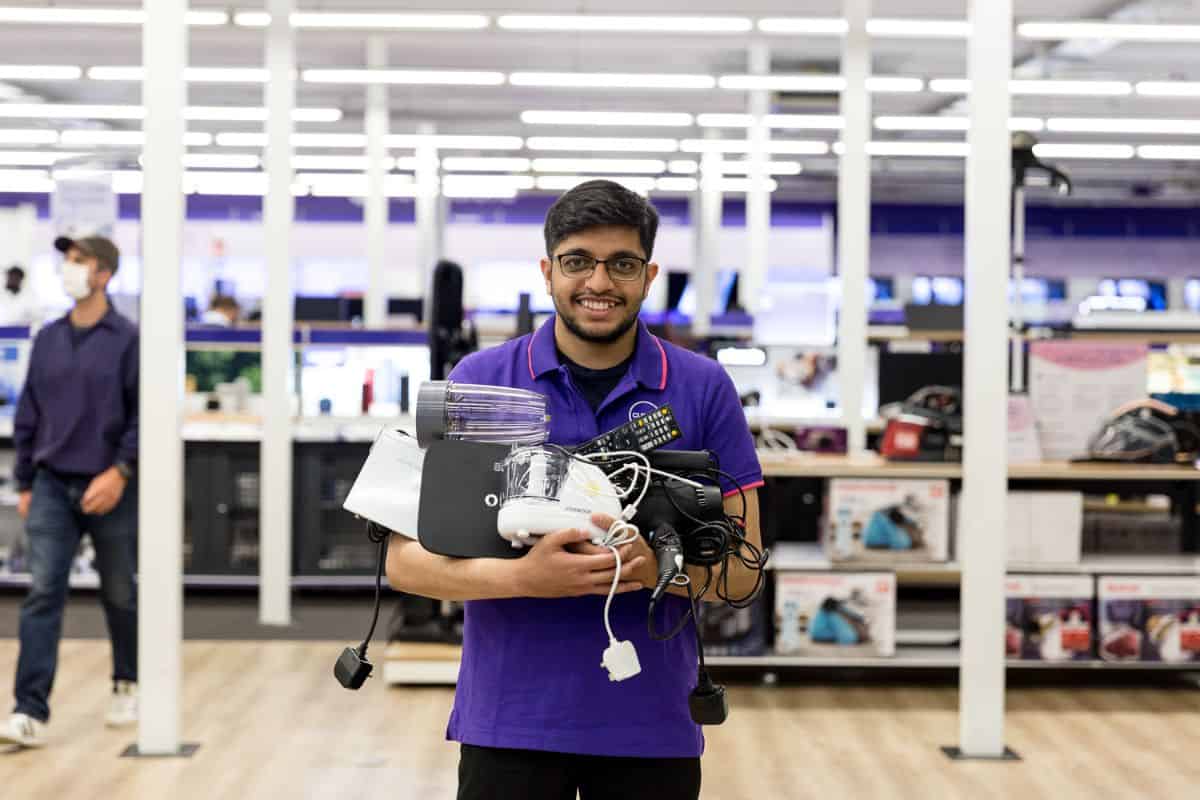In the latest in our series of ecommerce and multichannel predictions for the year ahead we bring together industry views on the consumer and changing expectations for the coming year.
Hybrid lifestyles will be consolidated in the next year, and we expect to see an increased reliance on digital communications for older demographics remote over 30s.
“The move from pandemic to endemic is an important shift and will have a notable impact on customer engagement. This change will be felt as we experience more new variants and subsequent periods of re-socialisation – and consumer behaviour will be driven by these patterns as we learn to live with the disease. From this we’ll see three main camps emerge: those who want to return to how things were, those who embrace a hybrid lifestyle and others who adopt a purely remote way of living.
“Age is a large determining factor driving this changing consumer behaviour. In many cases, it’s younger people who want to return to cities for that socialisation they’ve missed out on this past year, whilst slightly older groups are feeling the benefits of hybrid or remote working more as they have more flexibility to manoeuvre their working lives around families and other commitments. These two groups will be further consolidated in this next phase of the pandemic. Hybrid lifestyles will be solidified with new, flexible commuting patterns while remote lifestyles will become more normalised as families move out of cities and become full-time work-from-home employees.
“Younger demographics have historically driven digital adoption. If you look at social media, for example, it’s the 18-35 year olds that make up 80% of users in the UK. Yet while this age group will continue to lead the charge in embracing newer inventions, we’ll see older demographics start to adapt more to the everyday use of technology to support increasingly hybrid lifestyles. From here, we’ll see greater integration of technologies like digital communications tools to facilitate these lifestyles, so people can work more flexibly and efficiently in the way they choose. Overall, this will increase the prevalence of technology in all of our communities.
Paul Adams, senior director – United Kingdom & Ireland, Twilio
Overall, it’s bad news for the High Street when it comes to shopping habits in the UK
“Coming into 2022, is the online/offline split returning to normal now that physical stores are back open again? Attest’s research indicates that British consumers still favour online shopping, 50% say they “mostly” or “always” shop online for products (excluding food), versus 29% who shop in-store. Meanwhile, 31% split their shopping between online and offline.
Our data shows the challenges that the High Street will face in trying to get people back in-store next year, as online shopping dominates the way consumers shop. Yet, the Attest research highlights how shopping has really become the nation’s favourite pastime, with consumers spending more time than ever trying to find their next purchase. This presents the retail industry as a whole with an excellent opportunity in 2022.”
Jeremy King, CEO and Founder of Attest
Social commerce is on the rise
“Consumers are increasingly online and on social media, which is leading to a boom in social commerce. Brands and retailers are already prioritizing social commerce now and are only set to increase their social commerce efforts over the next few years. According to our research, 67% of brands and retailers say that social commerce is important to their online strategy today and 70% say it will be important to their online strategy in the next three years.
As marketers, and as consumers, this will come as no surprise. Social commerce meets shoppers where they are, and inspires them to discover new products. In a consumer survey we ran earlier this year, 84% of consumers agreed or strongly agreed that their time on social media has increased significantly since the pandemic started. Almost three quarters (74%) of respondents said they agree or strongly agree that they find themselves more influenced to shop via social media now than they did pre-pandemic. A little more than a third (35%) said that before the pandemic they rarely shopped from social media channels, but since March 2020, 30% said they now often do.
Brands and retailers need to ensure that they are enabling product discovery, serving consumers with the content they need to purchase, and engaging with them post purchase to create loyal advocates.”
Zarina Lam Stanford, chief marketing officer, Bazaarvoice
As in-store and online shopping merge, ecommerce will explode in 2022
“As the pandemic winds down, the interplay of online/offline shopping will continue to evolve. While shoppers are returning to physical stores, we’re not seeing a decrease in online shopping– in fact, we’re seeing continued growth. In 2021, we saw more people starting their shopping journey online, searching for the products they want at the best price and the actual transaction happening in-store. Even when the pandemic dissipates, online shopping will continue to flourish because this behaviour is now ingrained and habitual. In 2022, brands will be faced with determining how to adapt the blended online/in-store shopping experience to match the leaps and bounds that ecommerce has made over the past two years. This will be particularly important for retail sectors where shoppers still prefer an offline component to the experience, such as fashion or beauty, but in the end, we do not anticipate the online performance to decline because stores have reopened. Furthermore, companies have really come a long way in approaching the online-offline dynamic cohesively. Brands are less concerned where the transaction begins as long as it’s convenient for the customer. In 2022, brands will continue to prioritiae delivering seamless experiences with a hybrid of online-offline aspects to the customer journey.”
Tracey Ryan O’Connor, group vice president at Qubit
A resurgence in the popularity of shoppable content
“As consumers continue to transition online in their masses amid ongoing coronavirus restrictions, there has been an incredible resurgence in the popularity of shoppable content that has arguably not been seen since the haydays of QVC.
However the shoppable content that once donned our TV screens is long gone, we now have formats that are powered by those at the forefront of technological developments across both social media and commerce. Meaning that for the first time ever, brands have been able to offer their consumers a very personalised and personable experience even when they have not been able to physically enter stores, through shoppable content.
And this doesn’t end here. As long as consumers’ continue to experience not only the ease but the relevance of shoppable content, there is no reason why the UK consumer cannot catch up with the adoption rate seen in the Far East and the US.
And, as long as consumers continue to live on social, then brands should be focusing their efforts on developing seamless means for customers to be buying directly from these sites, creating experiences which create that unique desire, environments which have already proven to be successful.
This year, heavy hitters such as TikTok Shopping and Pinterest TV have experimented with partnerships with retail brands to curate shoppable online environments, and we expect to see partnerships expand across sectors throughout 2022, facilitating an increasing number of consumers being exposed to this future-leading shopping experience.”
Olly Johnson, managing director of commerce at Jungle Creations









